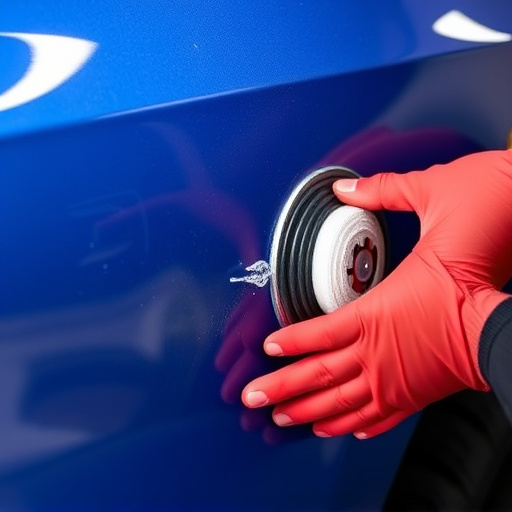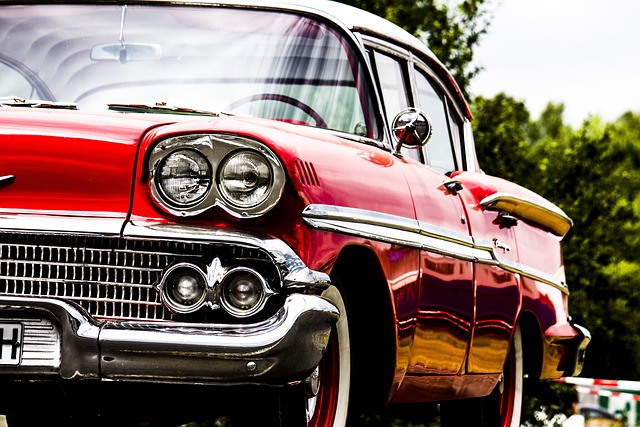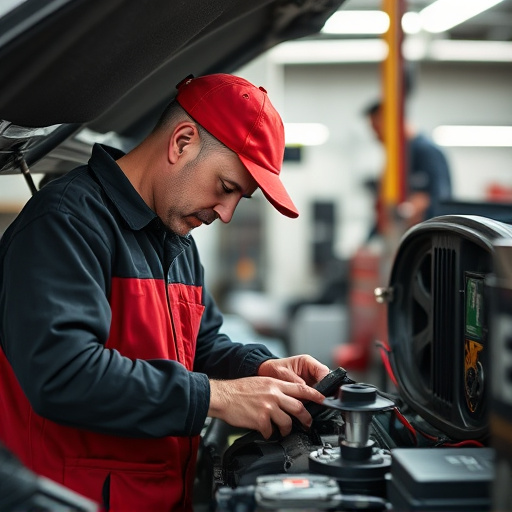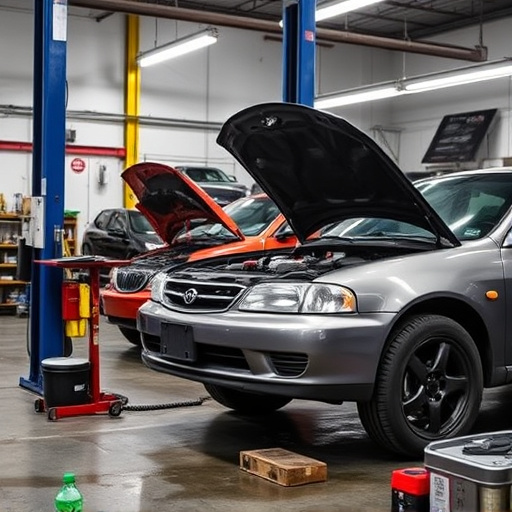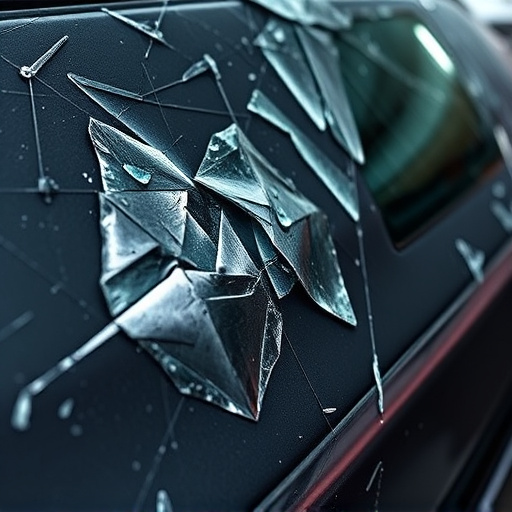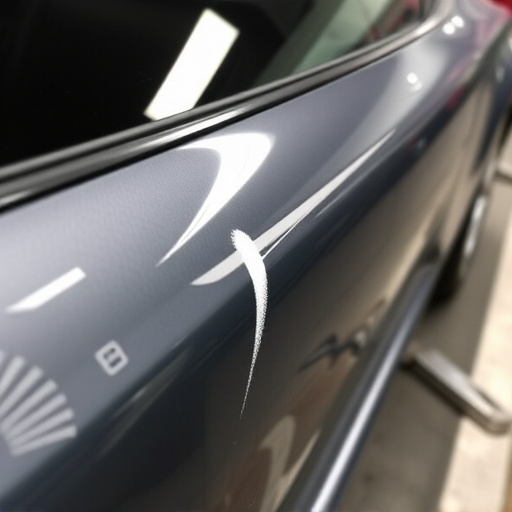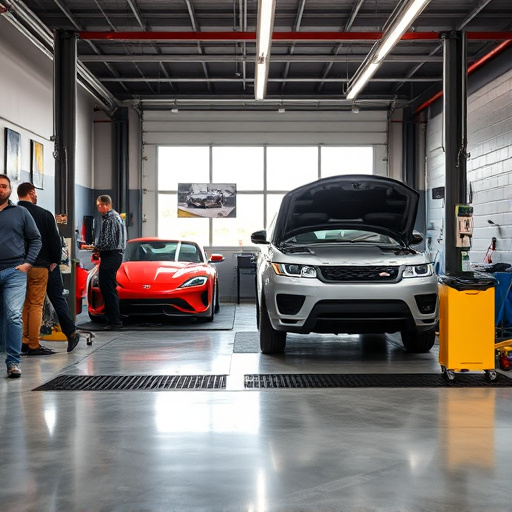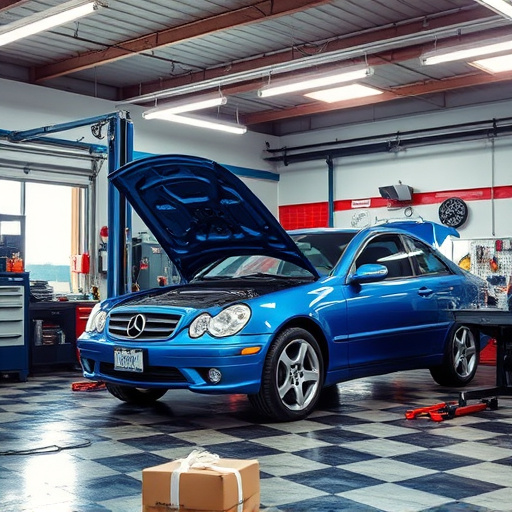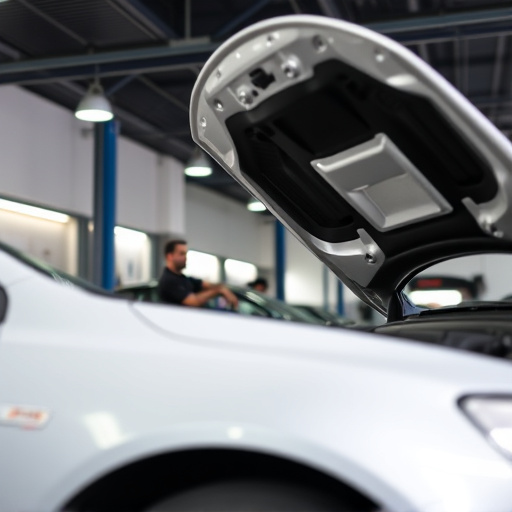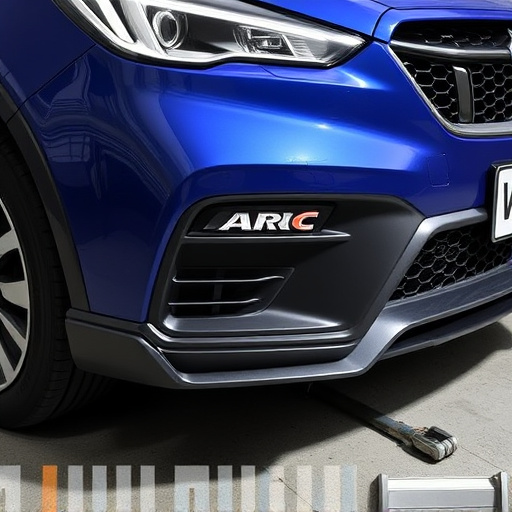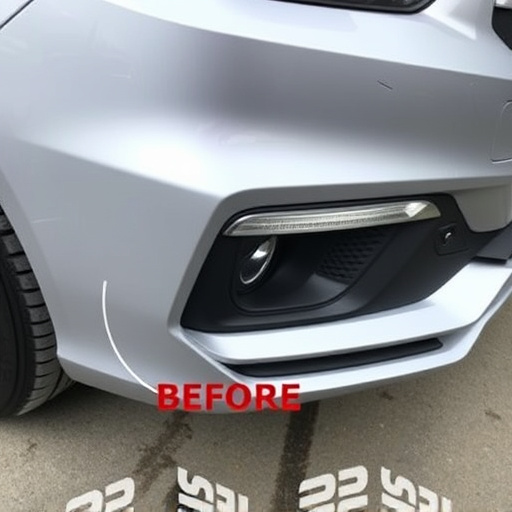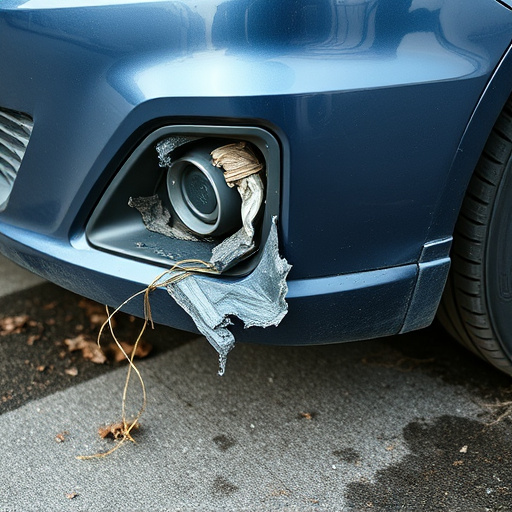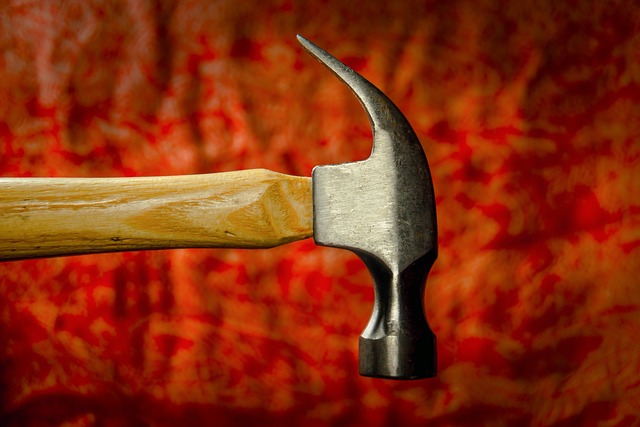OEM (Original Equipment Manufacturer) specifications are crucial in auto body repair for maintaining vehicle safety, resale value, and a factory-like finish. The process begins with a thorough inspection, removal of damaged panels, and either replacing or expertly rebuilding parts using advanced techniques like precision measuring, expert welding, and color matching. Skilled technicians use CAD software and state-of-the-art equipment to ensure every detail aligns perfectly with the vehicle's original design, prioritizing both quality and precision throughout the auto body repair process.
The auto body repair process involves meticulous precision to restore vehicles to their original equipment manufacturer (OEM) specifications. This article delves into the intricate steps that ensure a car’s structural integrity and aesthetic appeal are seamlessly reintegrated. From understanding OEM standards, which dictate exacting dimensions and material qualities, to each repair stage—from initial assessment to final finishing—we explore how skilled technicians masterfully reclaim vehicles from damage.
- Understanding OEM Specifications and Their Importance
- The Step-by-Step Auto Body Repair Process
- Ensuring Quality and Precision in Every Repair Stage
Understanding OEM Specifications and Their Importance
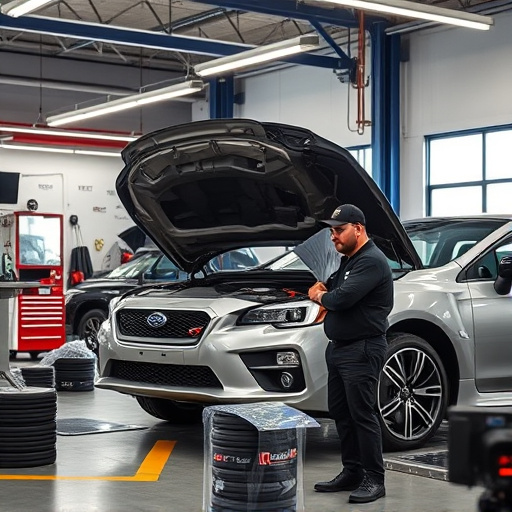
OEM (Original Equipment Manufacturer) specifications are the precise standards and measurements set by vehicle manufacturers for every part of their cars, including the body panels. When it comes to auto body repair, understanding and adhering to these specifications is paramount. Repairing a car scratch or fender dent to OEM standards ensures that the repaired area not only looks identical but also functions as intended, maintaining the overall integrity of the vehicle.
In the auto body repair process, achieving OEM accuracy involves meticulous techniques such as precision measuring, expert welding, and careful color matching. Automotive repair professionals use specialized tools and training to restore damaged areas to their original condition, ensuring a seamless blend with the surrounding body panels. This level of craftsmanship is crucial for maintaining the vehicle’s safety, resale value, and that pristine, factory-like finish that car owners expect.
The Step-by-Step Auto Body Repair Process
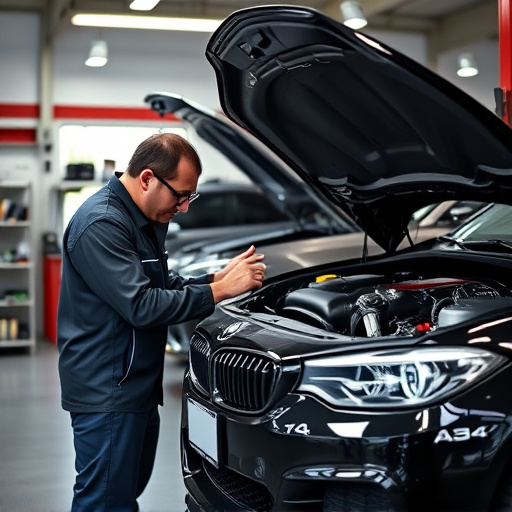
The auto body repair process involves a meticulous series of steps designed to restore car bodywork to its original manufacturer’s equipment (OEM) specifications. It begins with a thorough inspection, where damage is assessed and measured. This initial phase includes documenting the extent of the repairs needed, ensuring accuracy for future reference. Once the assessment is complete, the damaged panels are carefully removed, setting the stage for replacement or meticulous reconstruction.
The heart of the process involves either replacing the damaged parts with new OEM components or expertly rebuilding them. Skilled technicians use specialized tools and techniques to reshape and align the metal, achieving a flawless fit. After the bodywork is refined, it undergoes a series of quality control checks to verify accuracy and ensure every detail aligns with the vehicle’s original design. This meticulous attention to detail, especially in luxury brands like Mercedes-Benz repair, guarantees that the finished product not only looks original but also performs as such.
Ensuring Quality and Precision in Every Repair Stage
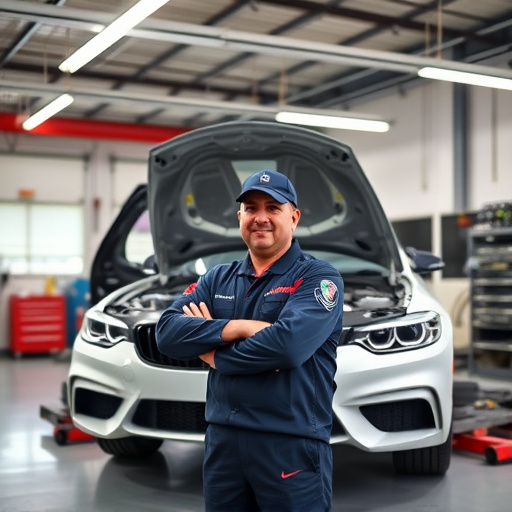
In an auto body repair process aimed at restoring Original Equipment Manufacturer (OEM) specifications, quality and precision are paramount. Each stage of the restoration is meticulously executed to ensure that the final product not only meets but exceeds industry standards. Skilled technicians utilize advanced tools and techniques, such as computer-aided design (CAD) software and state-of-the-art equipment, to achieve precise measurements and flawless finishes. This level of detail ensures that every curve, angle, and contour matches the vehicle’s original design, resulting in a collision repair center that offers unparalleled quality.
Furthermore, the process incorporates meticulous vehicle paint repair techniques to match the exact shade and texture of the OEM paint job. This isn’t just about aesthetics; it involves a deep understanding of the chemical composition and application methods used by the manufacturer. By adhering to these standards, a collision repair center can guarantee that the repaired vehicle not only looks like new but also performs as such on the road. The end goal is a vehicle that drives as smoothly as it looks, thanks to the precision and care taken at every step of the auto body repair process.
The modern auto body repair process, adhering to Original Equipment Manufacturer (OEM) specifications, is a meticulous art. By following a structured approach that includes understanding OEM standards, performing precise repairs, and ensuring quality control at every step, technicians can restore vehicles to their original condition. This comprehensive process not only guarantees exceptional visual results but also maintains the vehicle’s safety and performance, providing car owners with peace of mind.
